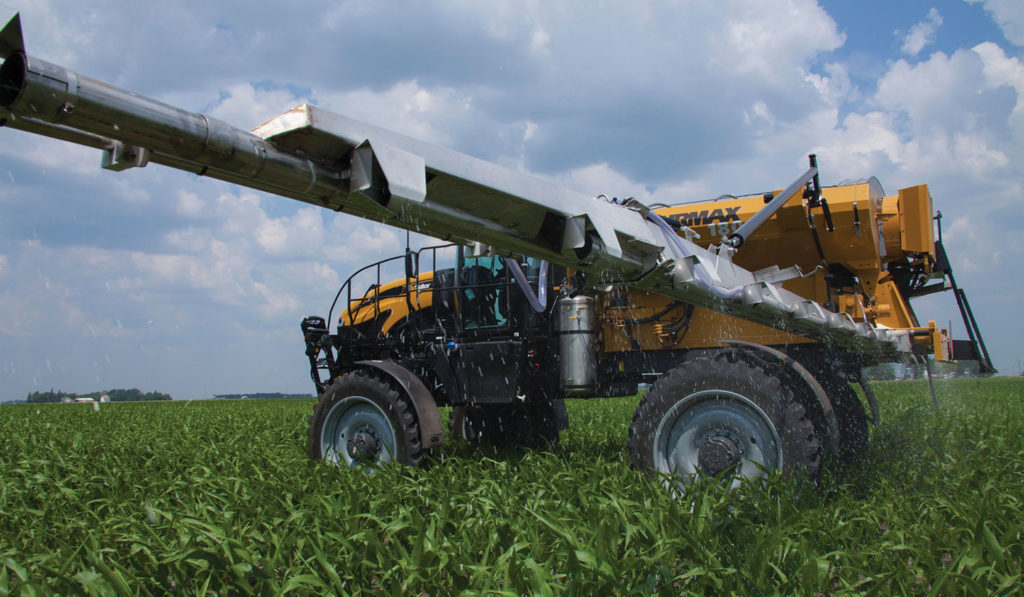Variable-Source Nitrogen Management May Hold Promise
Researchers are looking for the best ways to match conventional and enhanced-efficiency nitrogen fertilizers to drier and wetter parts of corn fields.

Variable-Source Nitrogen Management May Hold Promise
Researchers are looking for the best ways to match conventional and enhanced-efficiency nitrogen fertilizers to drier and wetter parts of corn fields.Precision ag technology that enables variable-rate application also allows for the possibility of variable-source nitrogen management. Peter Motavalli, professor of soil fertility and plant nutrition at the University of Missouri, has worked in partnership with Kelly Nelson, research agronomist at the Greenley Memorial Research Center in Northeast Missouri, on a technology that would apply different nitrogen fertilizers in a single field, based on information such as how wet a particular area is likely to be.
“We’re trying to synchronize the needs of the plant with the supply of the nitrogen,” he says. “That can be very challenging, but we have additional tools now, and can do a lot of in-season management.”
Motavalli has found that using enhanced-efficiency nitrogen fertilizer (EEF), such as polymer-coated urea, urease and nitrification inhibitors, to slow the release of nitrogen in parts of the field with poorly drained soils may help yields and yield economic benefits compared with using urea alone across the whole field. Research is ongoing regarding the best way to determine the optimum areas in a field where the EEF products will provide the best yield response and environmental benefits.
“We’re also looking at the impact flooded or saturated soils have on nitrogen availability, and how to manage that and reduce greenhouse gas emissions,” he says. “We have a challenge when we do have saturated soils, in that we can have a fair amount of nitrous oxide emission.” He says Missouri is experiencing wetter springs, so landowners need to increase nitrogen use efficiency and manage sub-surface drainage to reduce wet soils that can contribute to nitrogen loss.
Motavalli acknowledges that the costs of improving drainage and purchasing EEF can be expensive, so he reminds growers that funds are available to assist producers with conservation practices—including nutrient management—that improve soil, water and air through the Environmental Quality Incentives Program (EQIP) of the USDA National Resources Conservation Service. See www.ncrs.usda.gov/getstarted.
For additional information on in-season application of nitrogen and other articles that can help producers maximize yield potential, see AGCOCropCare.com.
Written by Marilyn Cummins



